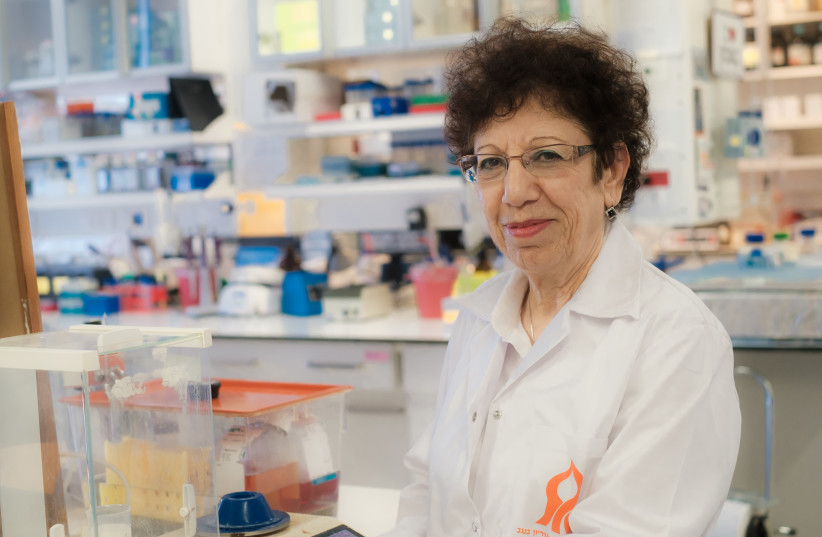Growing evidence points to a metabolic impairment in Alzheimer’s disease (AD) patients, whose number worldwide is projected to reach 135 million by 2050. Neurology researchers say AD starts to develop several decades before the onset of dementia and the deterioration of cognitive function.
Reduced metabolism results from a dysfunction of the mitochondria, which produce most of the energy in cells. It is also involved in cell death, inflammation and immune response. Even though AD is linked to mitochondrial dysfunction, there are no current drug candidates that target this aspect. Researchers at Ben-Gurion University of the Negev in Beersheba are proposing a new treatment approach by targeting the mitochondrial gatekeeper – the voltage-dependent anion channel-1 (VDAC1) – which controls mitochondrial activity and cell life and death.
The new proposed target and therapy demonstrated significant improvement across multiple parameters in mouse models. The research was recently reported in the prestigious journal Translational Neurodegeneration under the title “Targeting the overexpressed mitochondrial protein VDAC1 in a mouse model of Alzheimer’s disease protects against mitochondrial dysfunction and mitigates brain pathology.”
How did the researchers figure out this Alzheimer's treatment?
VDAC1 plays a crucial role in the cell-death process mediated by mitochondria, which is why the team of researchers chose to focus their efforts on the dysfunction of the mitochondria in a mouse model as a target for treatment.
The team was led by Prof. Varda Shoshan-Barmatz, with the participation of Prof. Shira Knafo, Prof. Alon Monsonego, Prof. Noga Vardi (visiting from the University of Pennsylvania), Dr. Anna Kuzmin-Steinfer, Dr. Ankit Verma and others.

Shoshan-Barmatz’s research showed that an increase in the amount of VDAC1 protein in the cell leads to its organization as a ring, with a large channel through which death-factor proteins and mitochondrial DNA exit, causing cell death and an immune response.
A major increase in VDAC1 levels has already been found in heart disease, intestinal diseases (Crohn’s, for example), autoimmune diseases (such as lupus) and other illnesses. Here, the researchers showed that the protein is produced in huge levels in the brain of a mouse model for AD and is concentrated in the nerve cells around the plaque, leading to their death.
Shoshan-Barmatz developed a small molecule called VBIT-4 that binds to VDAC1 and prevents the pathophysiological changes associated with AD. VBIT-4, a molecule that can cross the blood-brain barrier, was able to prevent the pathophysiological changes associated with AD such as neuronal cell death, neuroinflammation and neuro-metabolic dysfunctions. It also induced a neuroprotective phenotype in astrocytes and microglia, which are normally pro-inflammatory and neurotoxic.
This means that not only did the treatment protect against degeneration, it also promoted the healthy growth and normal functioning of neurons. Further, the therapy also prevented decline of cognitive skills in mice, such as learning and memory. Interestingly, the protective effects were achieved without significantly reducing certain plaques that are commonly believed to be the main causes of AD. This suggests that current ideas suggesting these elements are the primary cause of the disease, may not accurately reflect the underlying cause of Alzheimer’s disease.
“Targeting VDAC1 with a novel molecule that we developed presents an innovative approach to AD treatment and can even be used to prevent it,” said Shoshan-Barmatz.
